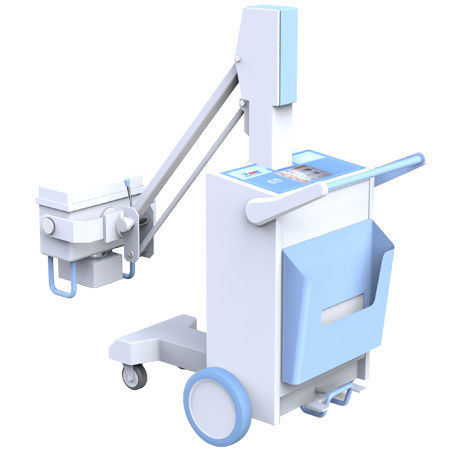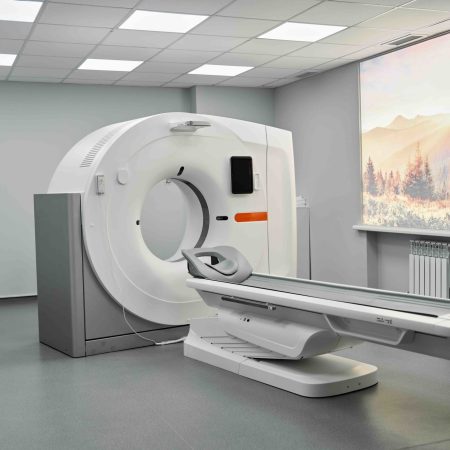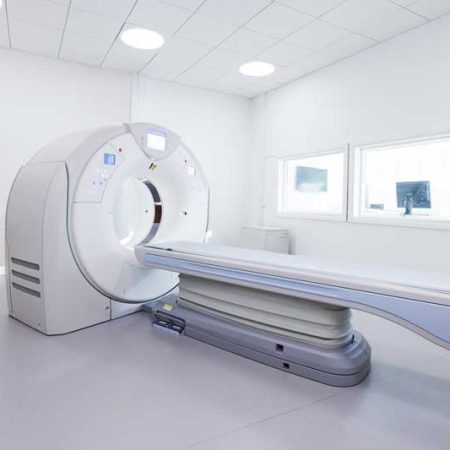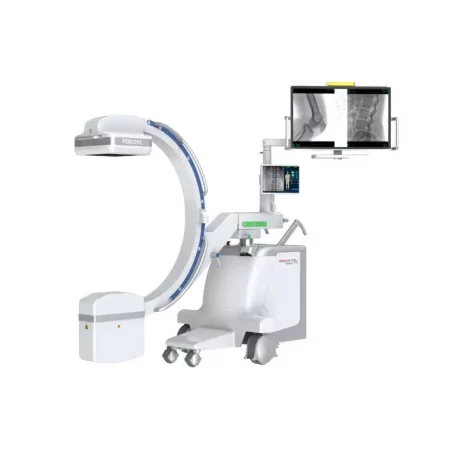Radiography PLX101 Description for Medical Patient:
Radiography PLX101 is a specialized medical imaging procedure that utilizes X-rays to obtain detailed images of internal body structures. It is commonly known as an X-ray examination. This diagnostic test is a non-invasive and relatively quick procedure that provides valuable information to healthcare professionals about various conditions, injuries, and diseases.
Preparation: Before the radiography PLX101 procedure, there is typically minimal preparation required for the patient. You might be asked to change into a hospital gown and remove any metal objects, such as jewelry or accessories, that could interfere with the imaging process. Depending on the area being examined, you may also be required to position yourself in a specific way to ensure accurate images are obtained.
Procedure: During the radiography PLX101 examination, you will be positioned on a table or stand by a trained radiologic technologist. The technologist will operate the X-ray machine, which consists of a large camera-like device. The X-ray machine will emit a controlled, small dose of ionizing radiation that passes through the body and is captured on a specialized detector. The X-ray beams are absorbed differently by various tissues, producing images of the internal structures such as bones, organs, and soft tissues.
Safety Measures: Radiography PLX101 involves minimal radiation exposure, and the healthcare team takes several precautions to ensure your safety. The X-ray technologist will step out of the room or behind a protective barrier during the image capture to minimize their exposure to radiation. The X-ray machine is programmed to use the lowest possible radiation dose needed to obtain clear images, further reducing any potential risks.
Duration: The duration of the radiography PLX101 procedure can vary depending on the specific area being imaged. In most cases, the process takes only a few minutes, but it may take longer if multiple images or different angles are required.
After the Procedure: Once the radiography PLX101 examination is complete, you can usually resume your normal daily activities immediately. The X-ray images will be reviewed by a radiologist, a medical doctor specialized in interpreting diagnostic imaging. They will analyze the images and prepare a report for your healthcare provider, who will then discuss the findings and any necessary follow-up steps with you.
Benefits and Risks: Radiography PLX101 is a valuable diagnostic tool that helps medical professionals diagnose and evaluate various medical conditions, such as bone fractures, joint abnormalities, lung infections, and many others. The benefits of obtaining important diagnostic information often outweigh the risks associated with the low radiation exposure. However, if you are pregnant or suspect you might be pregnant, it is crucial to inform the healthcare team beforehand to avoid any potential risks to the developing fetus.
Overall, radiography PLX101 is a safe and essential diagnostic tool used in modern medicine to aid in accurate diagnoses and provide effective patient care. If you have any concerns or questions about the procedure, feel free to discuss them with your healthcare provider before the examination takes place.





Reviews
There are no reviews yet.